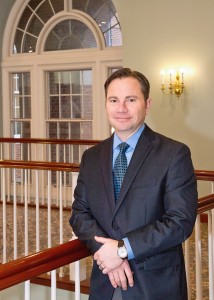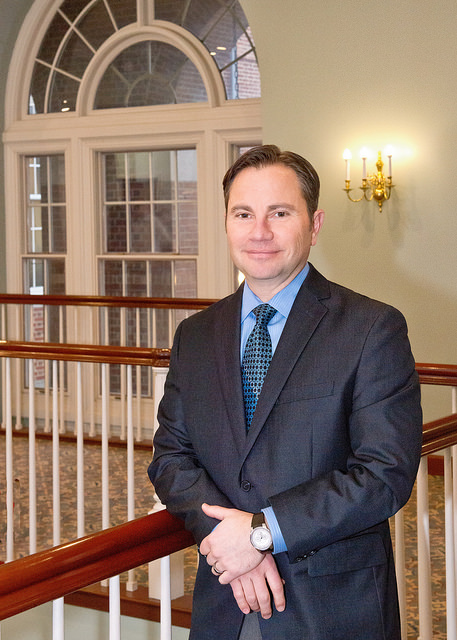Writer / Janelle Morrison
Photographer / JJ Kaplan
After months of media blitzes, coalition forums and meetings with educators at the Statehouse, the Indiana House of Representatives and Indiana Senate deliberated and passed the updated version of the school funding formula. So how does this revised formula affect our local school district and the quality of our children’s education?
“The shift in funding at the foundation level was helpful,” said Dr. Nicholas Wahl, superintendent of the Carmel Clay Schools (CCS). “The challenge that we face is that it doesn’t remove our long-term need for a referendum in 2017 to maintain our current level of student programming. It brings our Average Daily Membership (ADM) per pupil funding dollars up to where we were seven years ago.”
CCS will still need the local referendum in order to maintain the school district’s current level of student programming.
“We continue to look for a more sustainable fix from the legislators,” Dr. Wahl explained. “While this is a positive movement forward, it is not a sustainable fix. The new formula does not diminish the need for our local referendum. If you want to maintain a high level of student programs in Indiana, which our community expects and we deliver, then you are going to be in referendum mode to maintain that. The funding formula does not allow us to deliver the expected programs that our community demands, expects and should have.”
When the legislators first overhauled the funding mechanism, it changed the reliance on a revenue source. “The most stable revenue source that we’ve had for education in the U.S. has been property tax,” Dr. Wahl stated. “That has now been shifted and creates the question of ‘Where is the money going?’
 “The money going out of the general fund to nonpublic schools is quantifiable. I think that it is a matter of a value statement, ‘Do we still value our public education?’ One can look at that in a number of ways, and one way is to quantify where the money from the general fund is going. There was clearly an increase to charters. To me, this is a matter of whether or not we value public education in Indiana.”
“The money going out of the general fund to nonpublic schools is quantifiable. I think that it is a matter of a value statement, ‘Do we still value our public education?’ One can look at that in a number of ways, and one way is to quantify where the money from the general fund is going. There was clearly an increase to charters. To me, this is a matter of whether or not we value public education in Indiana.”
Dr. Wahl commended the Carmel community for supporting the referendum in 2010 and for its continued support of the schools. “I feel that our community understands the challenges that we face and understands that they want to keep the program level where it is. The value for public education is alive and well in Carmel. By passing the 2010 referendum, it insulated our community from the cutbacks in programming and teachers.
“We have been very fortunate. We have families that have worked very hard for their individual success. That is not in direct correlation to how we are being funded as a public school. There is no correlative effect between the affluence of a community and the funding formula. In fact, CCS is one of the lowest funded districts in the state.
“A formula for success in Carmel and the strongest way to keep the value of homes in Carmel is with a strong school system. We intend to continue to provide those strong schools and programs. It is a value for anyone with children in the schools. It is a value to those who do not because it is going to maintain and increase their property values.
“The amenities that we have in Carmel with our schools, parks and pathways as well as accessibility to retail shops, restaurants and jobs is exceptional for our residents, and to maintain that, we need to have high performing public schools.”
On a shoe-string budget, the Carmel Clay Schools will continue to focus on maintaining their current programs and identifying the needs of their students amidst a shift in their demographics. For example, the increase in English as a New Language (ENL) students will affect the programmatic needs. They are concentrating on meeting the needs of those students and providing the necessary resources at the same high level as they provide for all of their programming.
“We are going to continue to evolve our programming to meet the needs of our students. We are concluding our strategic planning process and will provide a report on our long-range strategic initiatives to meet the challenges going forward.
“The funding formula issue is clearly not solved. When the legislators meet again for the next session, the conversation needs to begin with asking where our representatives place their value on our state’s public education.”






